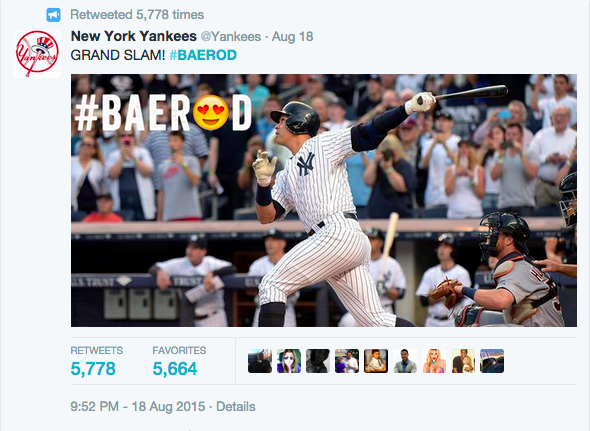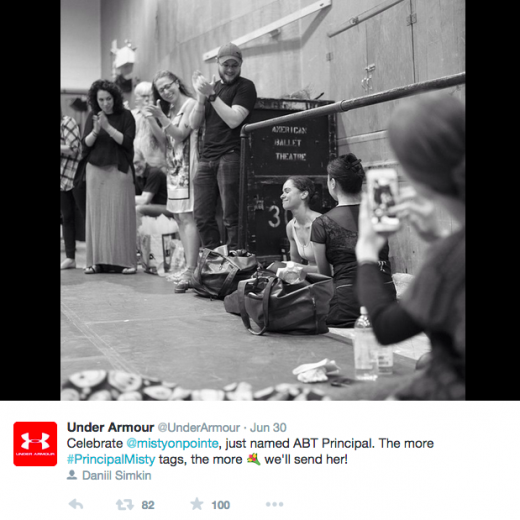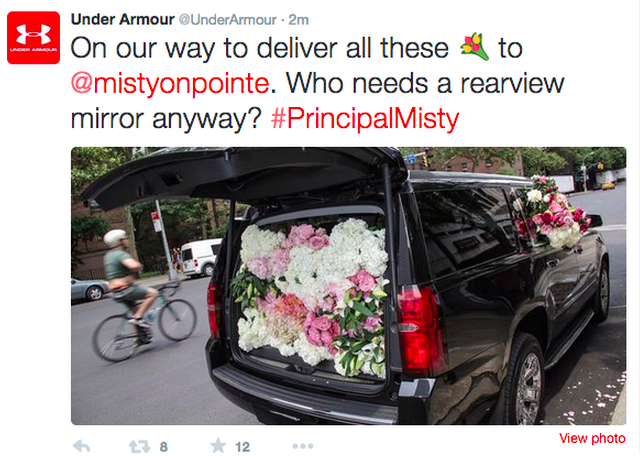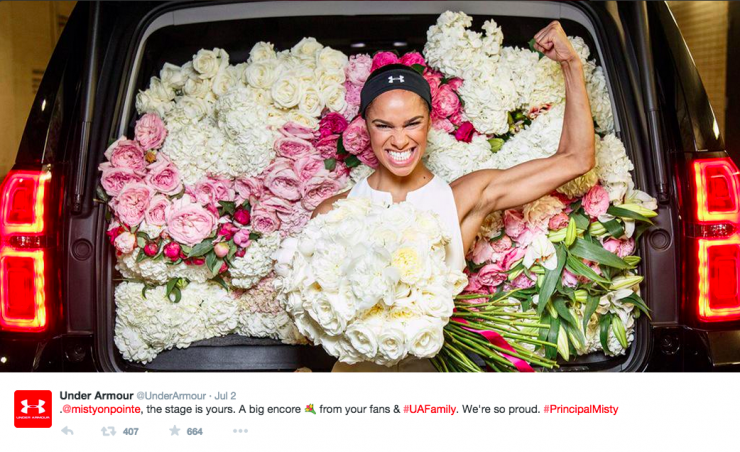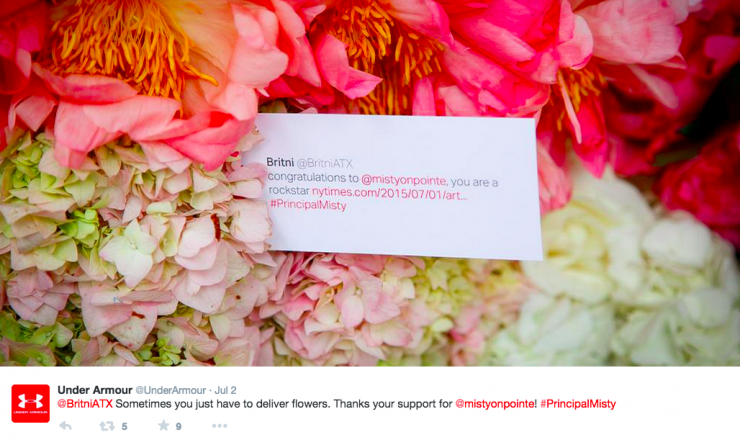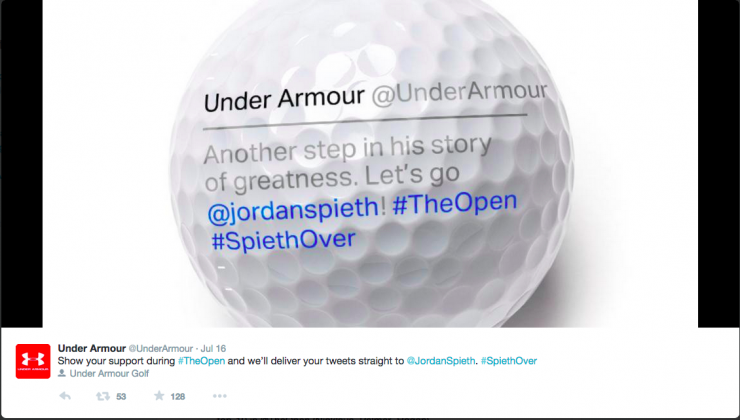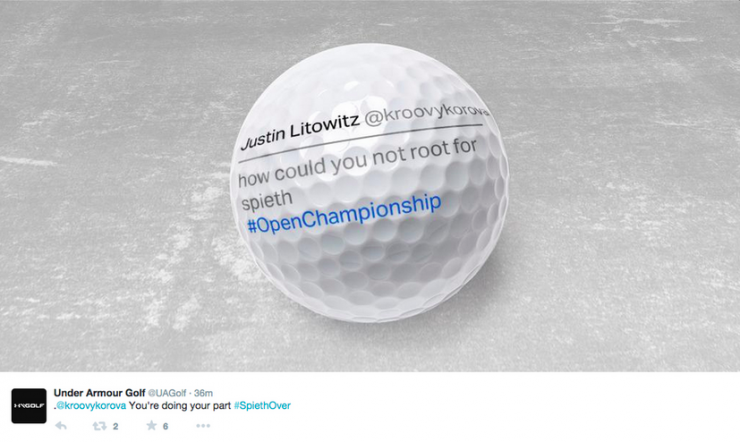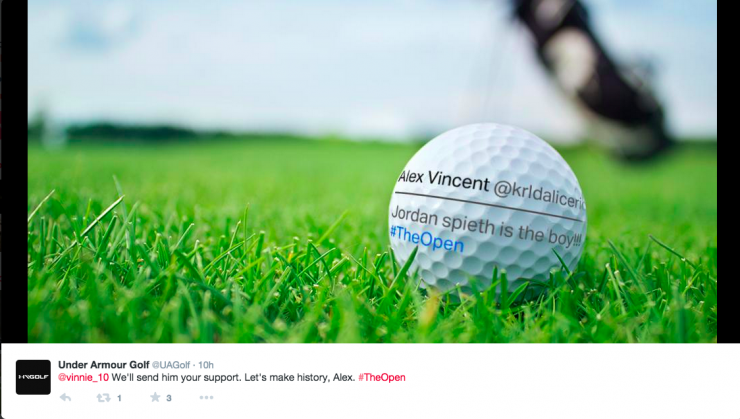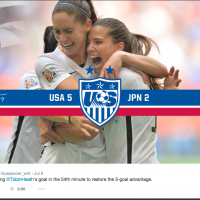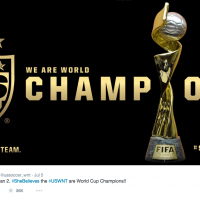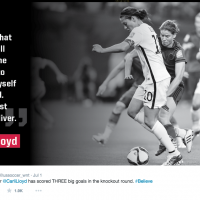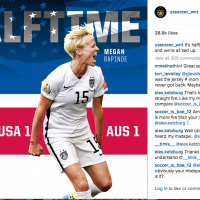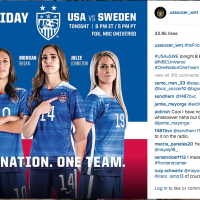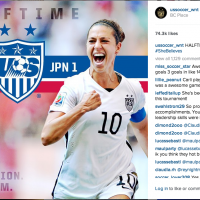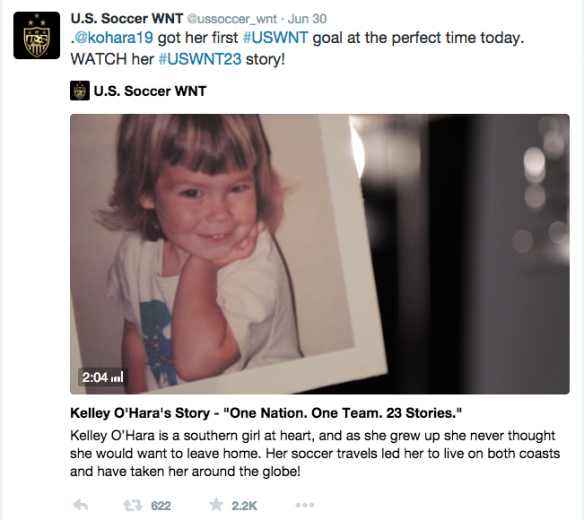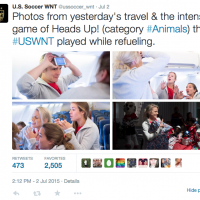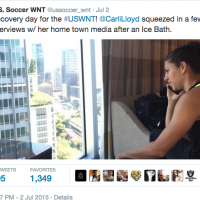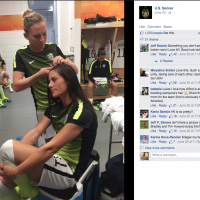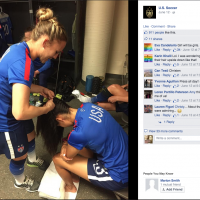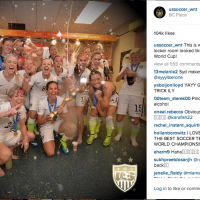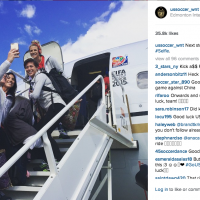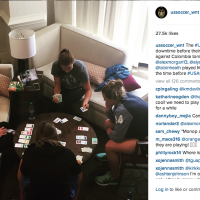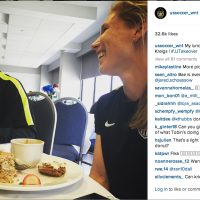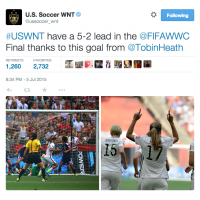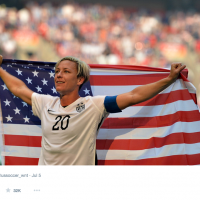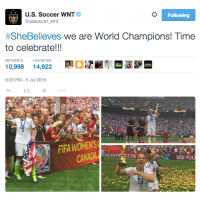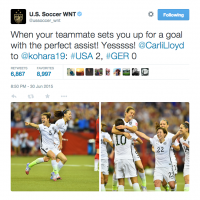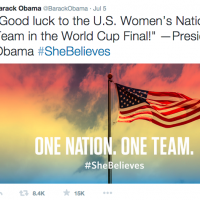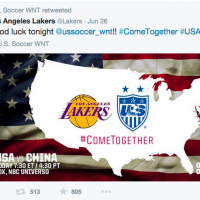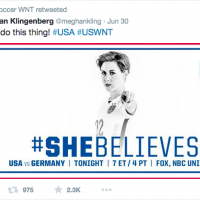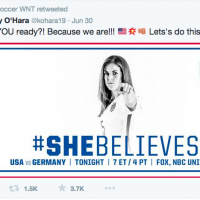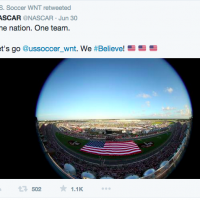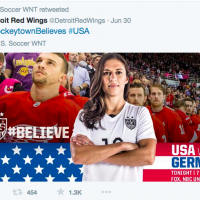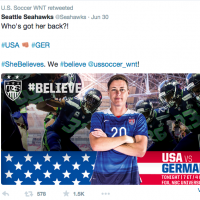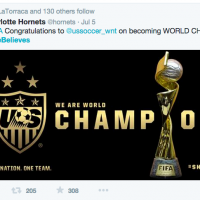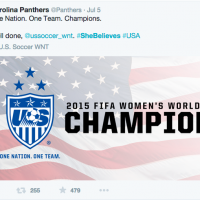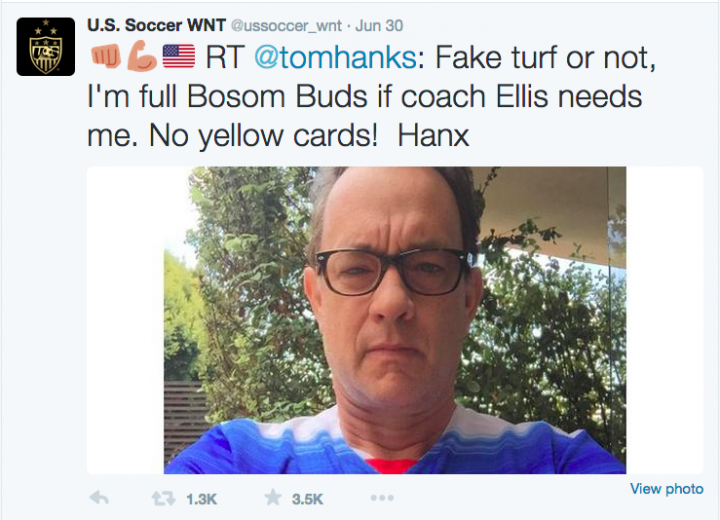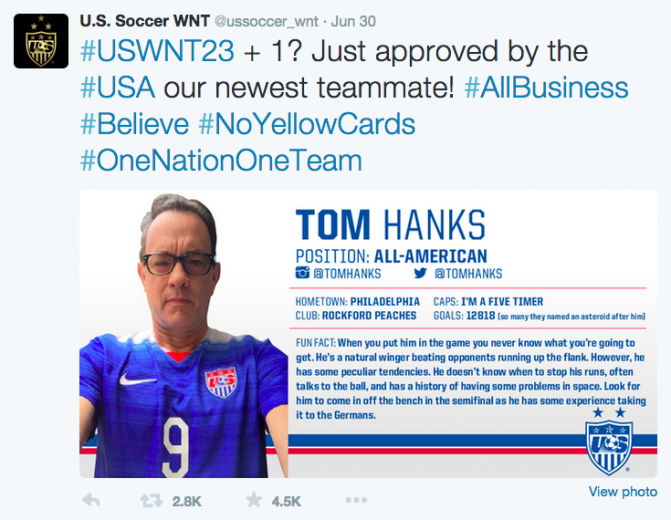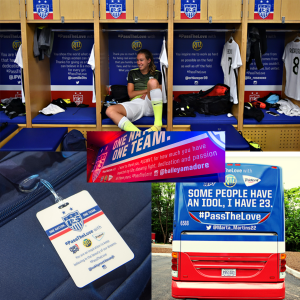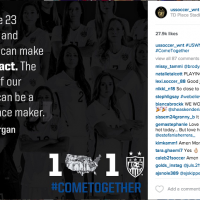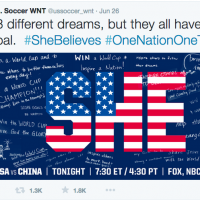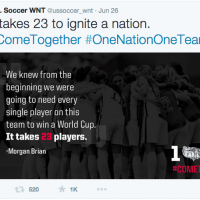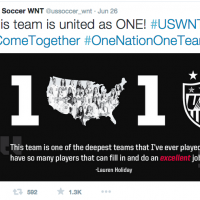This is the first post of a career advice series focused on networking, resumes, interviewing and and getting a job. More than 10 professionals in the sports industry and/or social media took the time to offer their advice. For this post, the focus is networking.
It’s now easier than ever to connect with people you admire in your industry. Social media networks like Twitter and LinkedIn provide opportunity to follow, learn from and talk with some bright and interesting people. And, you should absolutely take advantage of this digital world we live in to build relationships with people you admire in the space. Here’s what I’ve learned about networking so far:
It’s not about getting a job.
Networking is not about getting a job; it’s about building relationships. Don’t go into networking with the intention of getting anything out of it other than a relationship and the opportunity to learn. It’s from the actual relationships that doors will open.
You have to reach out the right way.
The sports industry is full of wonderful people who are often willing to offer their advice and insight. And while many people will lend advice, there’s an art to asking and networking. If you want to reach out to someone for advice, make sure you build a bridge the right way. Read how you can do so here.
There are many ways to network.
I’m a bit of an introvert, so networking in a room full of strangers is a little intimating to me. Thankfully, there are many ways to network now. If you don’t like networking in the traditional sense, take advantage of the digital world. From Twitter chats to LinkedIn to the #smsports community, let social media bridge that gap for you.
Now it’s time for great advice from some of my #smsports friends below:
A big thanks to everyone who contributed their advice: Chris Dion, Mark Burns, Tod Meisner, Karen Freberg, Amie Kiehn, Samantha Hughey, Geoffrey Blosat, Eric Shainock, Neil Horowitz, Kari Culver, Michael Schottey, Natalie P. Mikolich, Tyler Pigg, Mat Smith, Rob Knox and Katie Prchlik. Stay tuned to the next post in the series!
What advice do you have to others for networking in the industry? Share below!
Thanks for reading!
